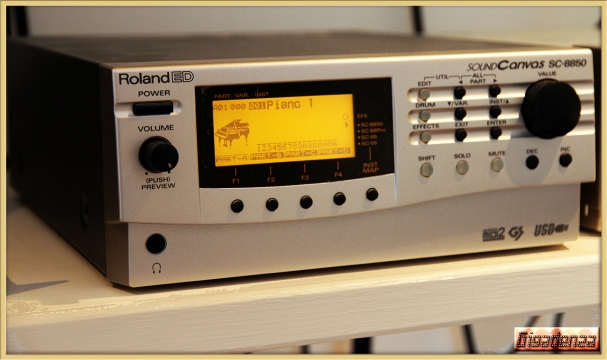A Polyphonic Penalty.
Originally Part of the Integra Expose, Works Better By Itself…
In 2014, use of the term “Hardware Industry” in any context was akin to declaring oneself John Smith of 10 Smith Road, Smithfield, married to a Mrs Smith and working for “Smith & Co Insurance and Loans”, in other words, terminally ambiguous and better off extinguished from all public and private life.
Species of hardware were discovered by the minute and those christened evolved with a meteoric rapidity.
It was an age when “Hardware” could refer to a tactful and inquisitive Digital Doctor, qualified to diligently diagnose, sensitively convey and ruthlessly expunge the most physiologically complex, mentally tortuous and life impeding illness – I’ve just described a mobile phone. Or equally, to a discerning and loyal companion, whose culinary credentials and ability to listen guaranteed infallible concern for your medicinal needs and an absence of devastating isolation – I’ve just described an Espresso machine.
With so many mechanical marvels competing to survive a dangerously overpopulated society of silicone, the process of perceptively developing a product’s core characteristics whilst ensuring any “good ideas at the time” delivered a definitive improvement, gave frequent rise to hindrances obvious enough for a Loan Manager’s medium to predict. Would you have preferred me to say “one step forward, two steps back?”
To cut a long story short….to late. One niggle that became grounds for the grumbles of numerous note nibbling knockers was the creative strictures their shiny new Synthesiser – say an XV-5080, a Fantom XR or even an Integra 7 – imposed with an ostensibly miserly polyphony of 128 voices.
But how on Earth could this inordinately generous limit infuriate and not inspire.
The symbol for infinity is a number eight…fast asleep. One’s very existence is circular and accordingly, it is now we must return to our analogy of atoms and molecules. Atoms form molecules, voices form tones. Helium is self sufficient, rare tones require but a solo voice to satisfy.
However, in post millennial synthonics, the priority of manufacturers and their ranks of imperious engineers was authenticity of a regal and organic perfection and their preferred technique in dogged pursuit of these aspirations, was to build tones with more voices than layers of pastry in a mille feuille.
Whether lazy, efficient, practical or beneficial, the encumbrance such a method bestows is as inevitable as sound itself. The more voices a tone encapsulates and the greater your compositional propensity for a fuller, fatter sound, the heavier the polyphonic penalty.
But this is ridiculous, where’s the expertise , where’e the pride involved in convincingly replicating a Moog’s mantra with eight stereo waveforms when the original only needed a mono low frequency oscillator…sigh…back to EBay.
Unless…please, impart an alternative to the agonies of analogue dependence? I value my vocals, treasure my trombones and tubas, crave clarinet candy, swoon over strings, fly after flutes, pander for pianos and pray for percussive prominence. And all those evocative emulations, the juicy Junos, purring Prophets and malleable Mini, Minit and Multi Moogs. Endearing, electric effervescence, the scented sonorities of decades past expressed in a warbling of wondrous warmth. I want it all, sans the trade-off.
Hmm. Well, there was an era, not so distant, when the sense of achievement in tone construction was more amicably aligned with a philosophy of unsurpassed revere…less is more.
Really?! Indulge me, when?. Oh, about ten thousand words ago, when I introduced you to this!
You see, to have your cake and hear it is to turn sea major to stone minor. And so in a cacophonous carnival of crotchets, around the mellifluous merry-go-round we must mosey in resolute pursuit of one perfect tone pony until the compulsion to collect and hoard consumes our conscience and condemns us to a weary world awash with waves and wires. Oh, wait, isn’t that when the fun really begins?





